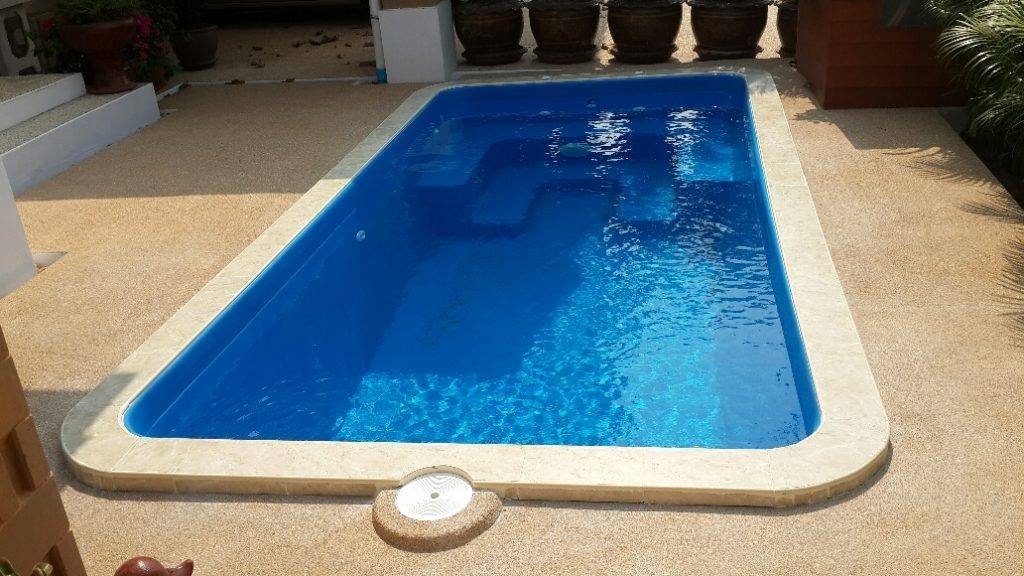

When it comes to choosing a pool for your backyard, there are many options to consider. One popular choice is a fibreglass pool, and for good reason. Fibreglass pools offer a number of benefits that make them a great option for homeowners looking to add a swimming pool to their outdoor space.
One of the main benefits of choosing a fibreglass pool is their durability. Fibreglass pools are made from a strong, flexible material that is resistant to cracking and fading. This means that your pool will look great for years to come, without the need for costly repairs or maintenance.
Another benefit of fibreglass pools is their ease of installation. Unlike traditional concrete pools, which can take weeks to install, fibreglass pools can be installed in as little as a few days. This means you can start enjoying your new pool sooner rather than later.
Fibreglass pools are also easy to maintain. The smooth surface of the fibreglass makes it difficult for algae and bacteria to grow, reducing the amount of chemicals and cleaning required to keep your pool in top condition.
In addition to being durable, easy to install, and low maintenance, fibreglass pools also come in a variety of shapes and sizes to suit any backyard. Whether you have a small space or a large yard, there is likely a fibreglass pool that will fit perfectly.
Overall, choosing a fibreglass pool for your backyard is a great investment that will provide years of enjoyment for you and your family. With their durability, ease of installation, low maintenance requirements, and variety of options available, fibreglass pools are an excellent choice for any homeowner looking to add a swimming pool to their outdoor space.
DIY fibreglass pool kits offer homeowners a cost-effective and gratifying way to install their own pools. These kits come with everything needed to set up a pool, providing a straightforward path to a backyard oasis. Here’s what you need to know if you're considering taking on this project.
Firstly, understand what's included in a typical DIY fibreglass pool kit. Most kits contain the pre-formed fibreglass pool shell, plumbing fixtures, a pump and filter system, and sometimes additional accessories like ladders, lights, or cleaning tools. It's important to review the kit contents carefully to ensure it includes all the necessary components or if you need to purchase anything extra.
Choosing the right kit requires careful consideration. Assess the size and shape of your available space to determine which pool design fits best. Also, think about how you plan to use the pool—whether for leisure, exercise, or both—and select a design that meets those needs.
Installation begins with site preparation. You’ll need to clear the area of any debris or obstructions and dig a hole that matches the dimensions of the fibreglass shell. This step is crucial and might require hiring professional help to ensure the site is properly excavated and prepared.
Once the site is ready, laying a foundation of gravel or sand at the bottom of the excavated area provides a stable base for the pool shell. The pool is then carefully lowered into place, usually with a crane, due to its size and weight.
Connecting the plumbing and installing the pump and filter system is the next step. These components are vital for maintaining clean and clear water and require precise installation. Many homeowners choose to hire a professional for this phase to ensure it's done correctly.
Finally, backfilling around the pool shell and installing coping around the top edge complete the structure. The last step involves filling the pool with water and balancing the chemicals to ensure it’s safe for swimming.
DIY fibreglass pool kits can save you a significant amount of money on installation costs and give you a deep sense of achievement. However, the importance of proper installation cannot be overstated—errors can lead to costly repairs down the line.
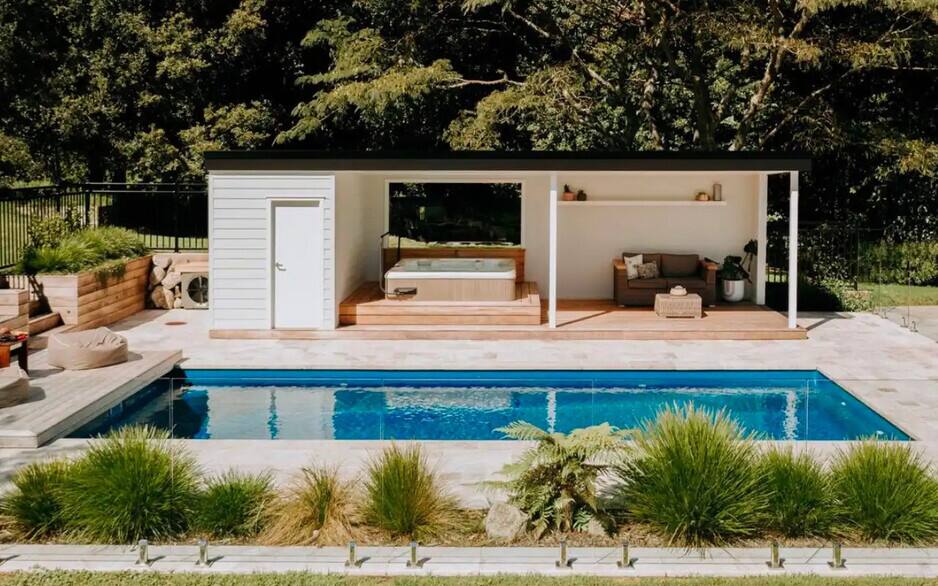
Choosing to install a DIY pool over hiring professionals in Australia can offer a range of benefits, one of the most significant being the potential for higher resale value of your home.. By taking on the project yourself, you have the opportunity to save on labor costs and invest more money into high-quality materials and equipment for your pool.
Posted by on 2024-11-24
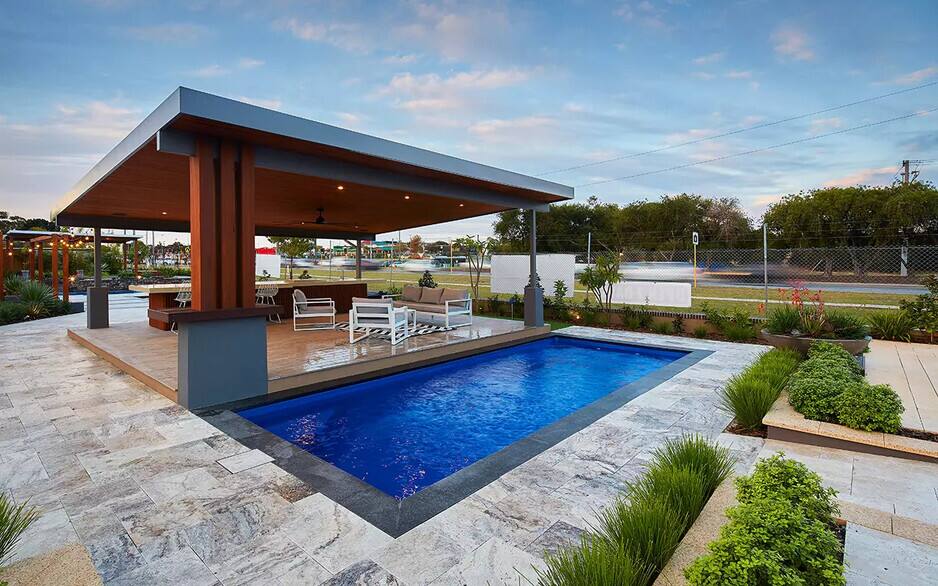
When it comes to installing a DIY pool in Australia, the process for obtaining permits is crucial.. One of the key steps in this process is completing final inspections and obtaining a certificate of compliance.
Posted by on 2024-11-24
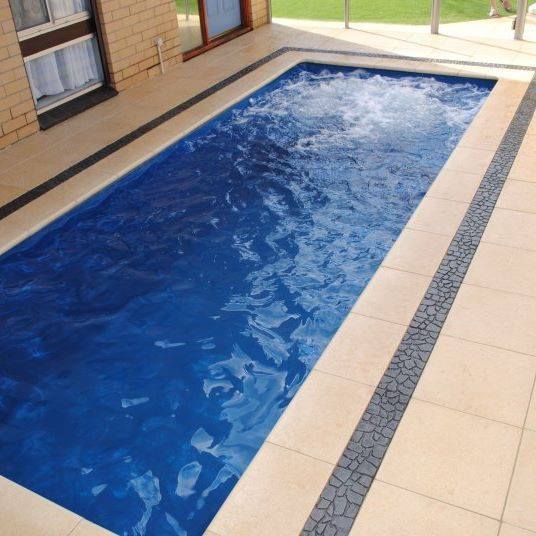
When considering the best location for installing a DIY pool in Australia, one of the key factors to take into account is cost.. Different locations within Australia can have varying costs associated with installing a pool due to factors such as land availability, soil conditions, and labor expenses. In urban areas like Sydney or Melbourne, the cost of installing a pool may be higher compared to regional areas due to higher land prices and limited space for construction.
Posted by on 2024-11-24
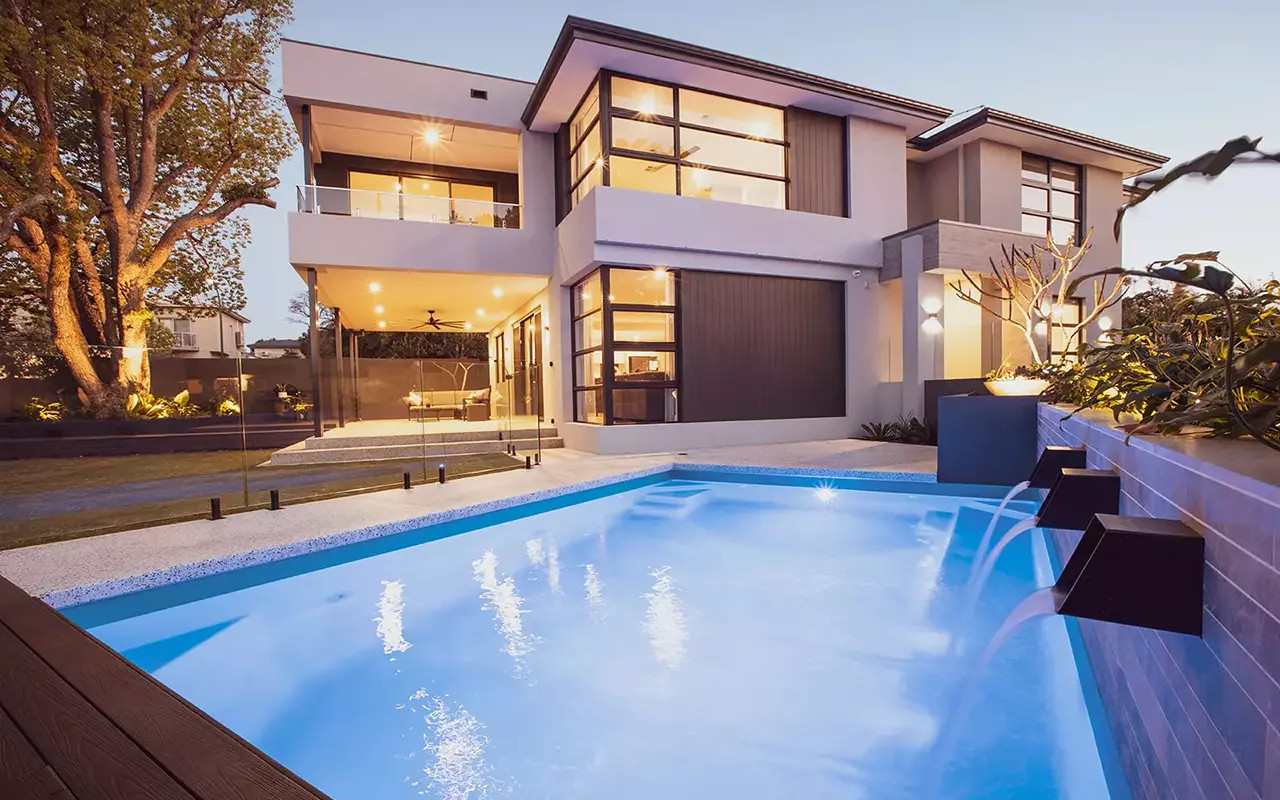
Building a DIY pool in Australia can be a fun and rewarding project, but it's important to keep costs in mind.. Here are some tips for saving money on DIY pool construction: Research and plan carefully: Before you start building your pool, make sure to do thorough research on the materials and equipment you will need.
Posted by on 2024-11-24
| Neerabup Perth, Western Australia | |||||||||||||||
|---|---|---|---|---|---|---|---|---|---|---|---|---|---|---|---|
 Agricultural land on Wattle Avenue | |||||||||||||||
 | |||||||||||||||
| Coordinates | 31°41′28″S 115°46′37″E / 31.691°S 115.777°E | ||||||||||||||
| Population | 112 (SAL 2021)[1] | ||||||||||||||
| Postcode(s) | 6031 | ||||||||||||||
| Area | 34 km2 (13.1 sq mi) | ||||||||||||||
| Location | 36 km (22 mi) from Perth CBD | ||||||||||||||
| LGA(s) | City of Wanneroo | ||||||||||||||
| State electorate(s) | Mindarie | ||||||||||||||
| Federal division(s) | Pearce | ||||||||||||||
| |||||||||||||||
Neerabup is a rural locality in Perth, the capital of Western Australia, within the local government area of the City of Wanneroo.
Prior to European settlement, the Noongar people had lived in the area for more than 40,000 years, taking advantage of the abundant food and water around the chain of wetlands on the coastal plain. In winter, they moved eastwards away from coastal weather, to return in summer as inland supplies dried up. The Mooro people (led by elder Yellagonga during the early years of European settlement) stretched from the Moore River near Guilderton to what is now the Perth central business district, and used to move between Lakes Joondalup, Neerabup and Yanchep.
In 1865, European settlers established the Aboriginal tracks as a stock route from Dongara to Fremantle, travelling along the west side of the lakes. Lake Neerabup was first recorded by surveyor J. Cowle in 1867, the name being a Noongar word which possibly means "swampy place" or "small basin". The part of the stock route between Joondalup and Yanchep is now part of the Yaberoo Budjara Heritage Trail, part of the Bicentennial Heritage Trails Network established in 1988.[2]
The area was often spelled Neerabub, especially by postal and telecommunications authorities, until as recently as the 1960s. It was approved as a suburb name in 1982.[3]
Neerabup is bounded by Wattle Avenue to the north, the Mitchell Freeway to the west, Pinjar Road to the east and Flynn Drive and Burns Beach Road to the south.[4]
Neerabup's population was not measured at the 2001 Australian census.[5]
Neerabup is a sparsely populated agricultural suburb. Several plant nurseries, a fruit and vegetable shop at Menchetti Road and the Neerabup Lake wetland are situated along Wanneroo Road. The western strip between Wanneroo Road and the proposed Mitchell Freeway is approximately the southern half of the Neerabup National Park. The area also contains a golf course, small wineries, a small industrial area on Flynn Drive and several sand and limestone quarries.
Neerabup is home to the Wanneroo Raceway, a 2,411-metre (1.498 mi) road racing circuit. Wanneroo Raceway, which opened in 1969, is the home of motor racing in Western Australia and hosts an annual round of the Supercars Championship.
Neerabup is also home to the Pinjar Park Speedway which opened in 2005. Pinjar Park is a 142-metre (155 yd) Motorcycle speedway which regularly hosts national and international meetings and caters to both senior and junior solo and sidecar racing. Pinjar Park is considered small for a speedway in Australia, with most tracks around the country ranging from 350 metres (380 yd) to 600 metres (660 yd) in length. For the bikes, the speedway replaced the old 550-metre (600 yd) Claremont Speedway which had run from 1927 until 2000, and the Bibra Lake Speedway which closed in 2004.
Neerabup is not served by public transport. The nearest Transperth bus service is the 391 between Joondalup train station and Carramar 2 kilometres (1.2 mi) to the south. These services are operated by Swan Transit.
Neerabup's political leanings are unclear due to its small size and the lack of a polling booth. The nearest large booths tend to favour the Australian Labor Party historically, although most have been won by the Coalition in recent times, especially at federal level.
Yes, installing a DIY fibreglass pool kit can save you money on labor costs compared to hiring professionals for installation.